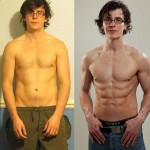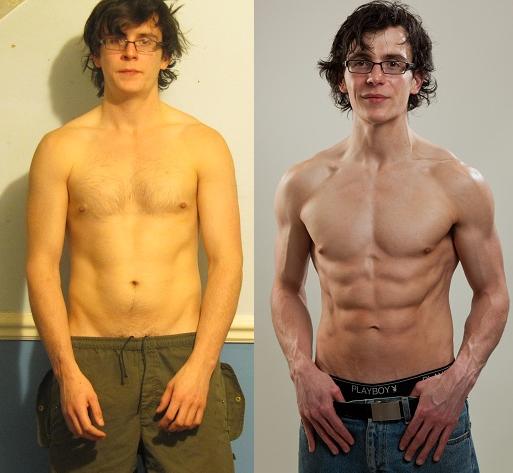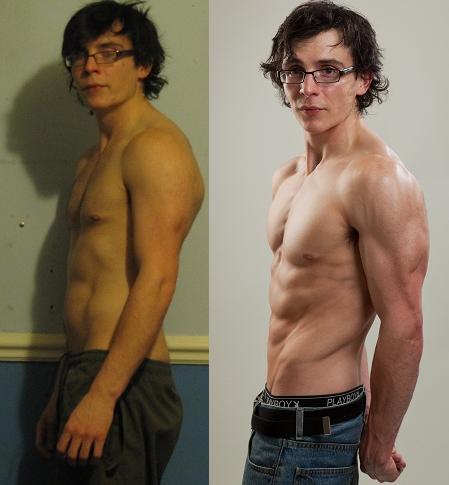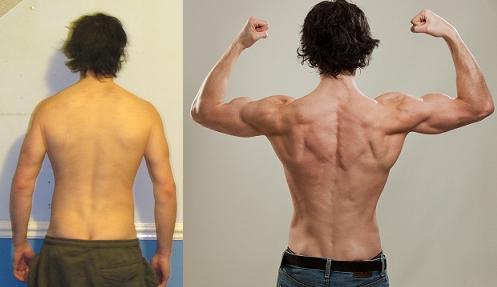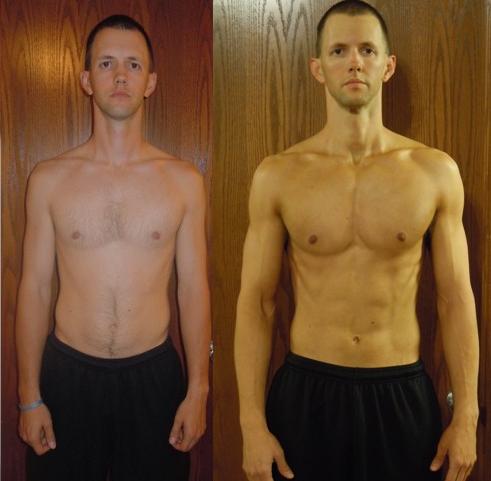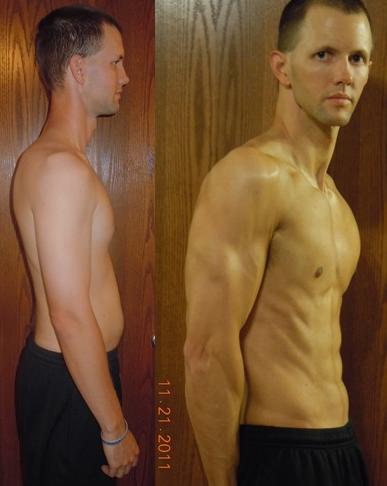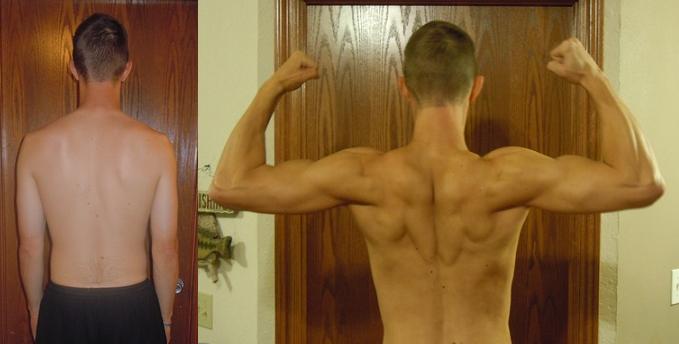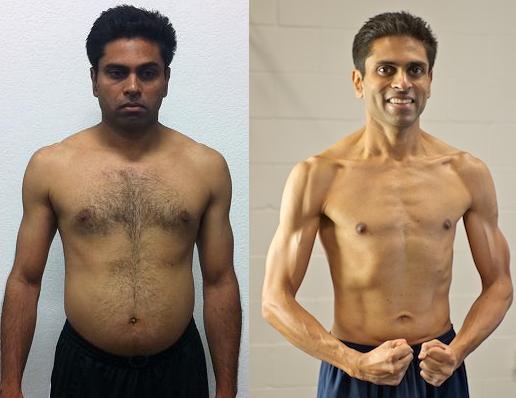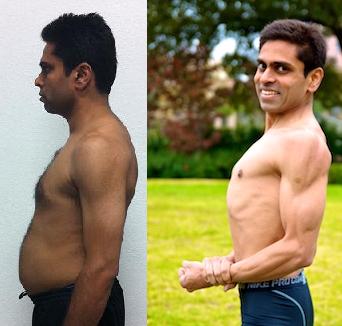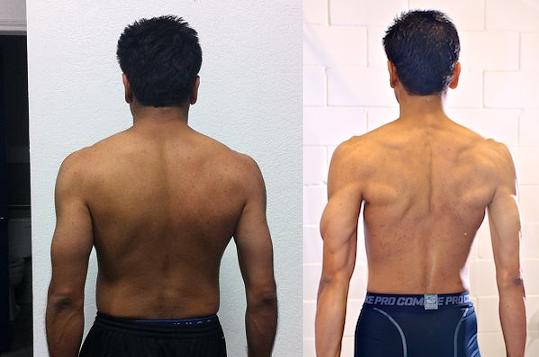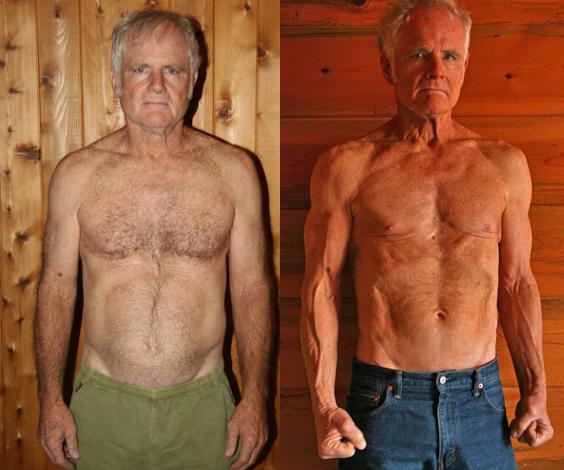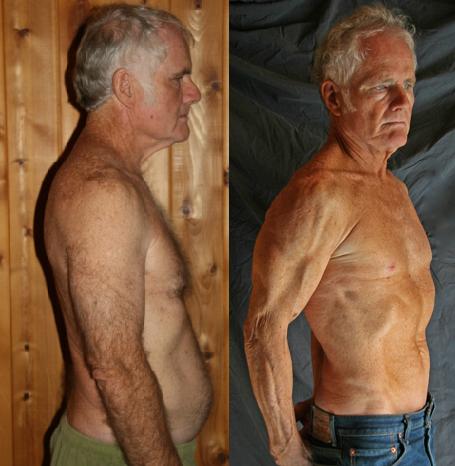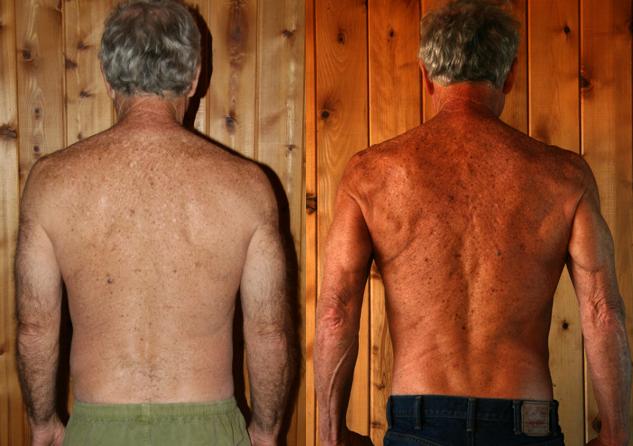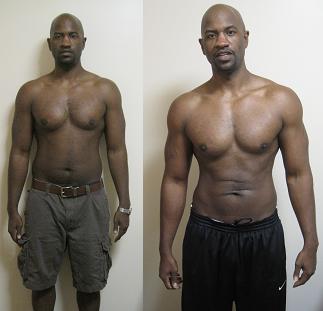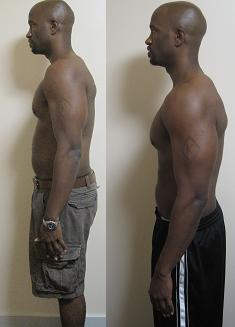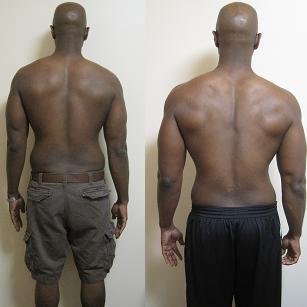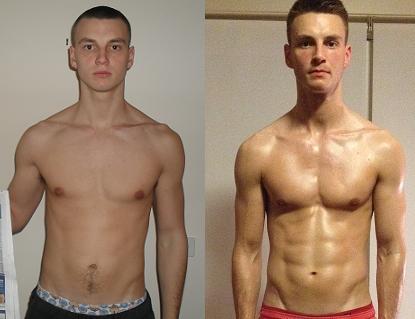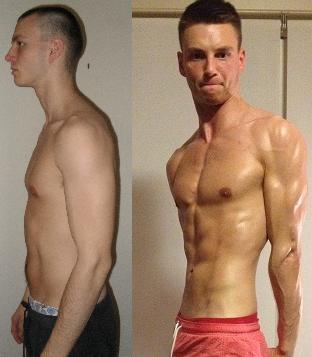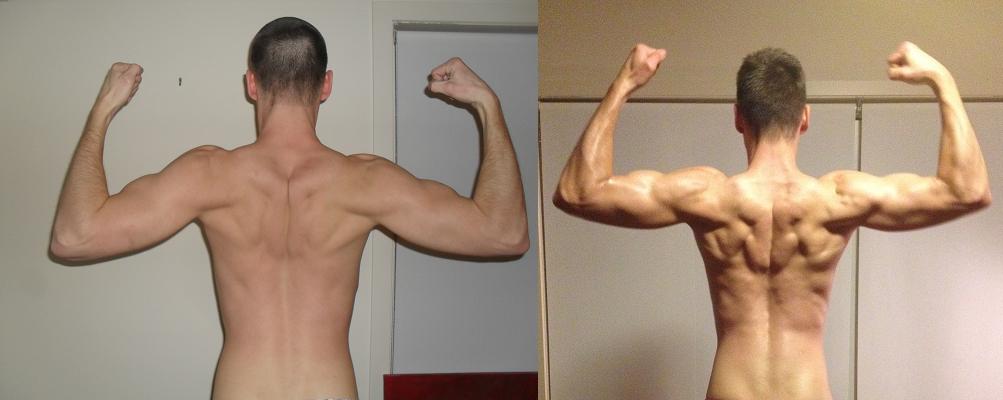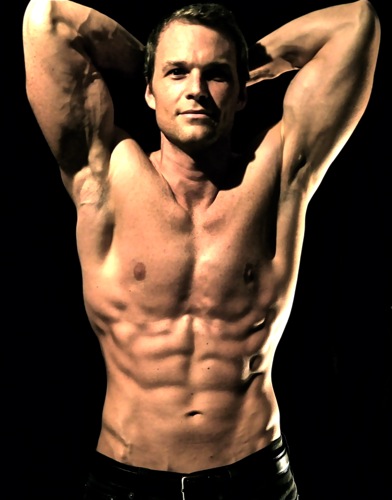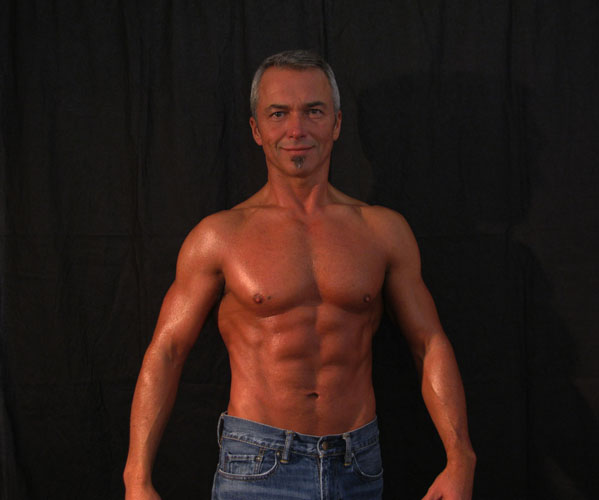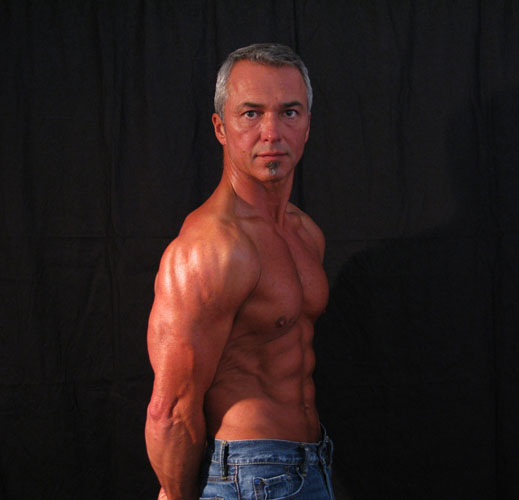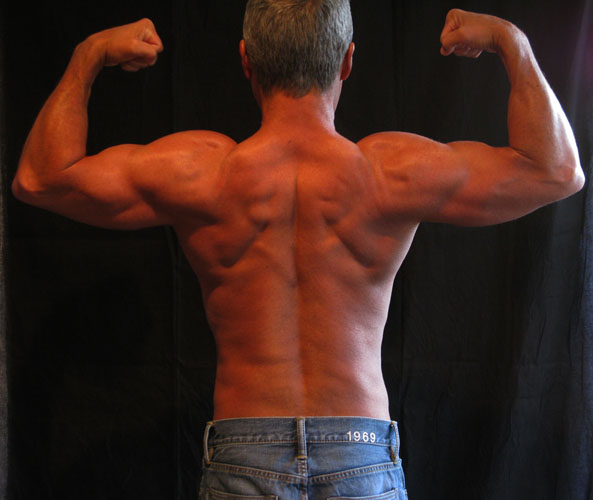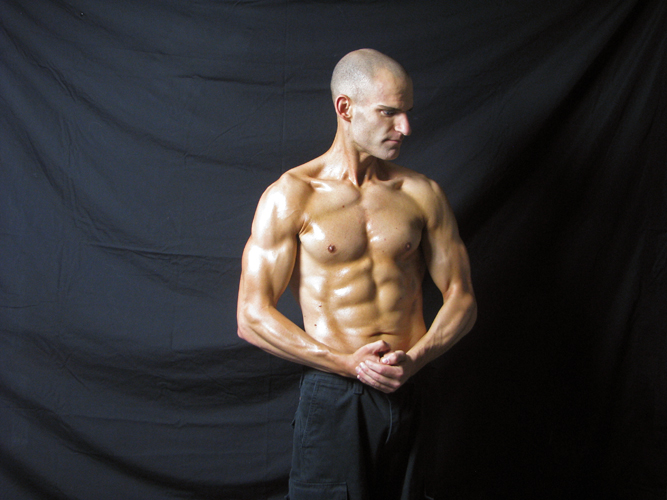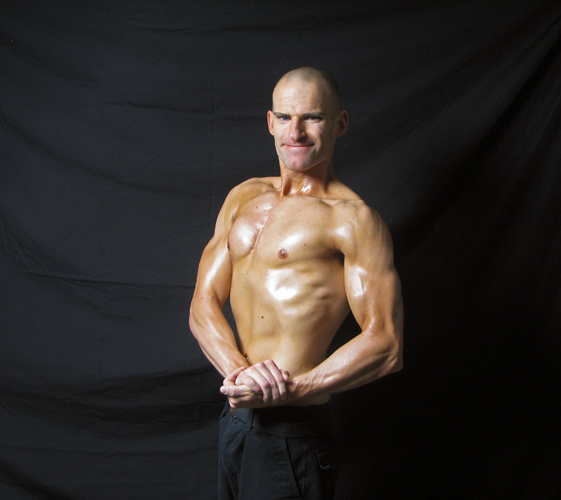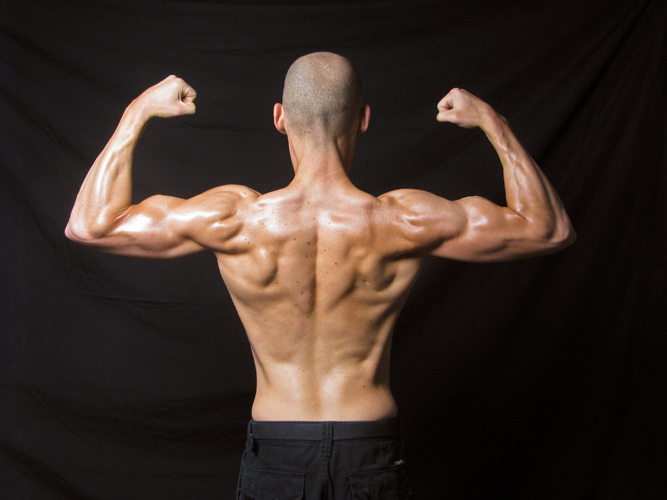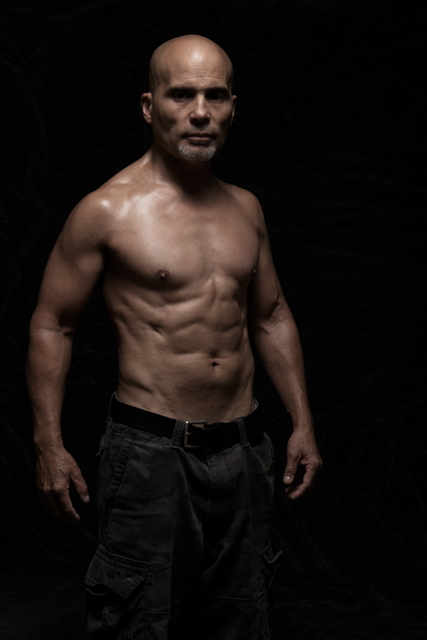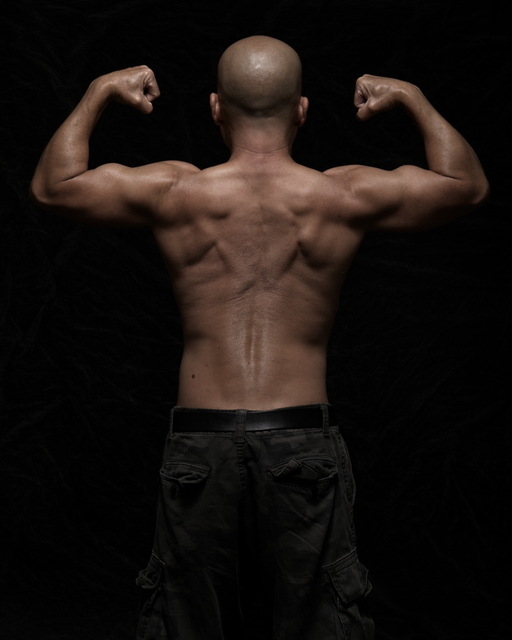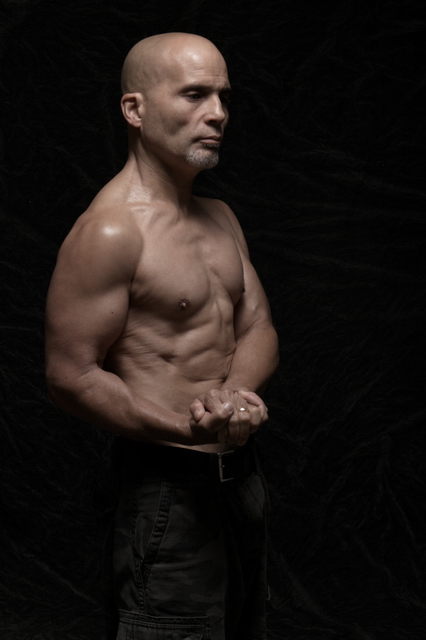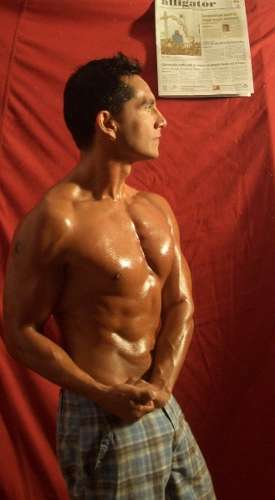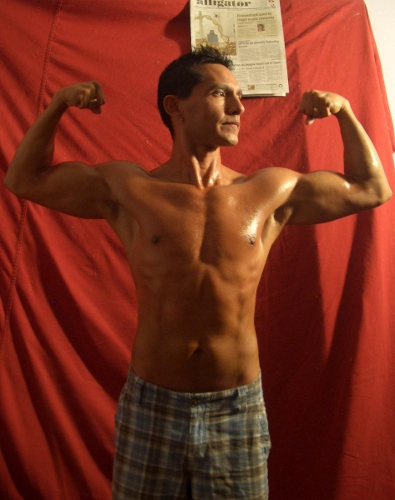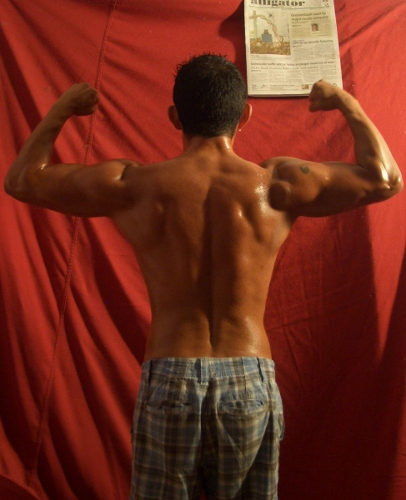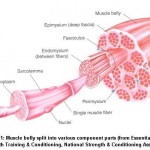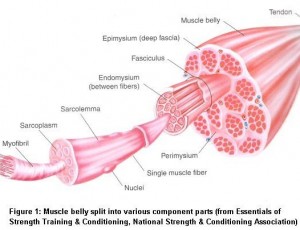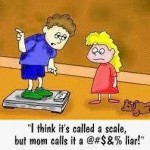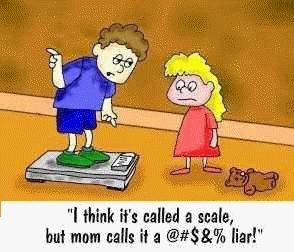The 6th Adonis Index Transformation and Open contest is complete and it’s time to announce the winners.
Competitors who place in the Open will be eligible for the Level 2 open which ends April 2012.
Transformation competitors may also be eligible for the Open level 2 based on final pictures and AI numbers.
We will announce the field of eligible competitors for the Open Level 2 in the first week of January 2012. And as always, competitors must use the Adonis Index Workout or any phase of AI Systems to compete. (Not an AI client? Just click here and save 50% until Friday!)
Now it’s time to reveal the Winners of the 6th Adonis Index Transformation Contest
—————————————————————————————————————————–
Adonis Index Transformation Contest AT6 1st Place Winner: Andrew Peters
——————————————————————————————————————————
Adonis Index Transformation Contest AT6 2nd Place Winner: John Jordan
——————————————————————————————————————————
Adonis Index Transformation Contest AT6 3rd Place Winner: Vivek K
—————————————————————————————————————————–
Adonis Index Transformation Contest AT6 4th Place Winner: David Krizo
—————————————————————————————————————————–
Adonis Index Transformation Contest AT6 5th Place Winner: Blair Baxter
—————————————————————————————————————————–
Adonis Index Transformation Contest AT6 6th Place Winner: Kerry Hopkins
=====================================================================
Adonis Index AT6 Open contest winners
—————————————————————————————————————————–
Adonis Index Open Contest AT6 1st Place Winner: Ryan Williams
—————————————————————————————————————————-
Adonis Index Open Contest AT6 2nd Place Winner: Shan Hefley
—————————————————————————————————————————-
Adonis Index Open Contest AT6 3rd Place Winner: Herman Douglas
Pictures removed upon request.
Adonis Index Open Contest AT6 4th Place Winner: Dan Richardson
—————————————————————————————————————————
Adonis Index Open Contest AT6 5th Place Winner: Keith Taylor
—————————————————————————————————————————-
Adonis Index Open Contest AT6 6th Place Winner: Al Sandoval
—————————————————————————————————————————–
Congratulations to all winners you’ve just raised the bar even higher. Visit us again soon for updates about
the next contest that starts January 16th, 2012.
John
p.s. Don’t forget that you can pick up the classic AI Systems for 50% off until Friday! Give yourself the gift of great vitality and health this holiday season.
